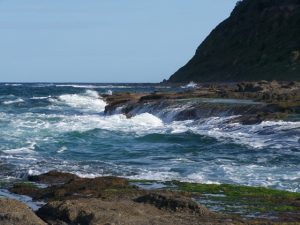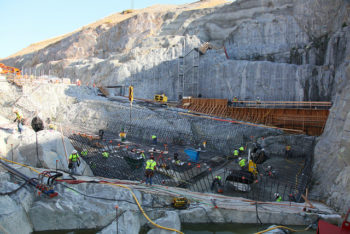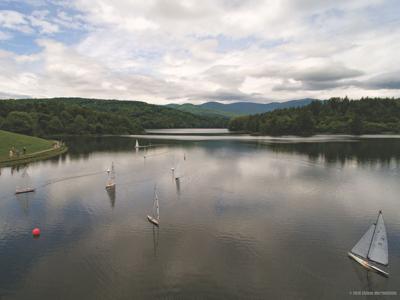5 Reasons Why Water Conservation is Important for Your Family
In our previous articles about water conservation and the limited supplies of fresh water we have, it was clear that water is one of our most precious resources. Considering that every single person on the planet needs water to survive, it seems strange that many of us would have no problem leaving the tap water running but we would go to war if someone tried to steal our oil supply. While learning about electric vehicles and saving some money on home energy is important, take a moment and get back to basics. For the sake of your family and the survival of our future generations, explore these 5 reasons why conserving water is important to you.
The Importance of Water Conservation
Reason #1: Without fresh water you will die in just a few days. Plain and simple, no sugar coating, it is a simple morbid fact that helps drive the point across, water equals life. Most of us learn this along the way, so why are you complacent when you see fertilizers, oil and other pollutants pour into rivers and streams each time it rains? Would you eat a fish with some weed killer marinade, or drink water with a nice motor oil sheen on top?
Reason #2: Using less water keeps money in your pocket. By utilizing basic water conservation techniques you are able to save thousands of gallons of water each year. You do the math, use less water and the water company charges you less money. That sounds like a good deal all around.
Reason #3: Protecting our natural eco-systems from further damage is critical, especially for the survival of some endangered species. The oceans, streams and lakes that are the lifeblood of so many local eco-systems are used as dumping grounds, hurting everything that relies on these water sources. The great pacific garbage patch is a great example of the worst side of our wasteful practices.
Reason #4: Conserving water can also save energy. In order to pump the water from a central facility into your home or office, energy is required to run that equipment. For example, studies have shown that in California alone, 6.5 percent of all energy consumed goes towards moving water from one place to another. So saving water means using less energy which reduces your carbon footprint and helps the country become more energy independent.
Reason #5: For our friends in Florida and other areas prone to sinkholes, water conservation can actually reduce the occurrence of sinkholes. When the natural aquifers run low, it leaves a gap where water once was. Simple gravity pushes the ground downward since there is now a void and voila, you have a sinkhole.
Do More With Less
Using simple water conservation techniques can help cut your water usage by more than half. If you commit just a little extra effort each day you alone can make a difference. Whether you try your hand at friendsofwaterburyreservoir.org or just use a low flow shower head you can see reduced water bills within the first month. Do the planet and our future generations a favor, conserve water and stay thirsty for more savings every day.…














